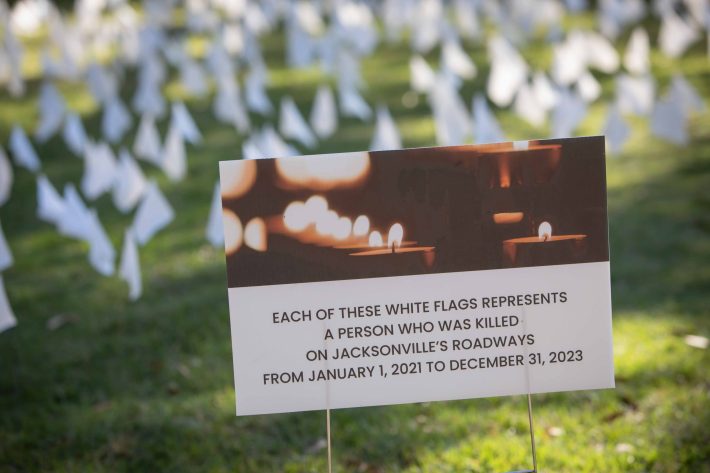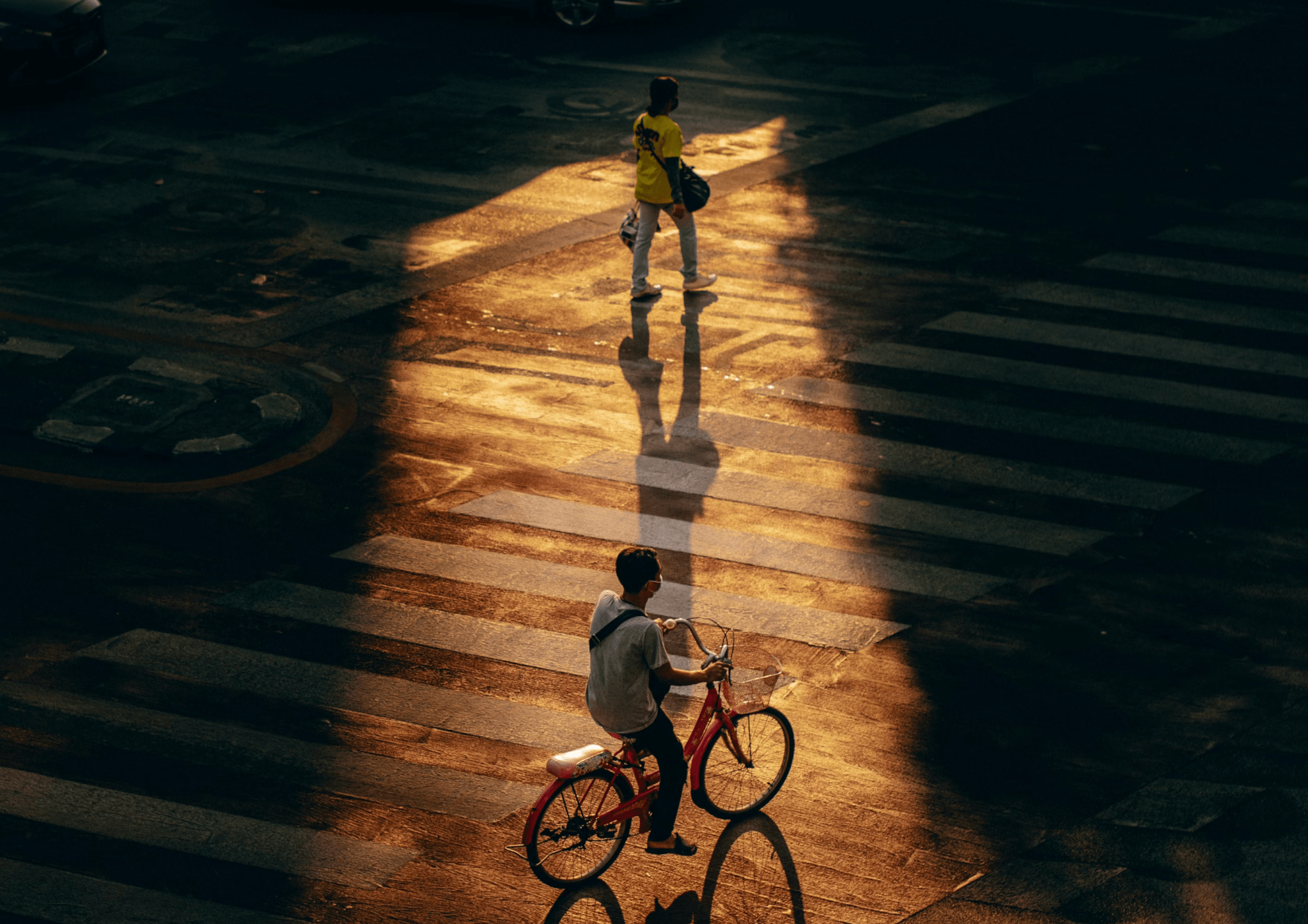Advocating for big, transformational change can sometimes feel like being on an emotional roller coaster. In my case – and likely for many readers here – the transformational change we’re working for is a transportation system that serves people’s mobility needs without also being a leading cause of preventable deaths and life-altering injuries.
On the roller coaster of advancing Vision Zero – the not-so-modest but popular goal of ending traffic deaths and serious injuries – there are highs and lows. During the low times, I remind myself of a few things.
First, our advocacy for change is a long game, so patience is a must.
Second, we have made notable progress in bringing greater attention, urgency and action to road safety priorities, especially for vulnerable road users.
And, importantly, our goal is broadly and deeply popular: everyone wants to keep themselves and their loved ones safe.
It’s helpful to keep these things in mind amidst uncertainty that comes with a major transition in federal leadership. I have reason for optimism when I think about where many of our road safety efforts are headed.
I feel hopeful for two reasons. First, I am buoyed by the people turning their pain and grief into action for safe streets, benefiting all of us – Dan Langenkamp in Bethesda, Maryland; Teri Vogel in Parker, Colorado; and Laura Keenan in San Diego, CA, among so many others. (Read about their and others’ advocacy during last week’s World Day of Remembrance for Road Traffic Victims.)
The second reason I feel hopeful is because so many important policies and critical funding to improve safe mobility have already been advanced, or are in process now. And I believe that once more people experience the benefits of Vision Zero improvements — think revived main streets, safely crossing a busy street with a baby in a stroller, riding on new bike paths to school, and more efficient, life-saving emergency responses to crashes — that momentum will only grow.
In the next few years, people in communities across the nation will experience firsthand these and other very real and tangible benefits in the places where they drive, walk, bike, ride transit and roll in wheelchairs. These are small towns, cities, regions and tribes in all 50 states and Puerto Rico that have recently received, or will soon receive, Safe Streets and Roads for All (SS4A) grants. Many of these investments will be transformational.
For example:
- Last week the U.S. Department of Transportation announced that the Romulus Fire Department in Michigan will be awarded a $4.8 million grant to improve road safety, including piloting signal preemption systems to clear intersections for emergency vehicles as they respond to 911 calls.
- The Apalachee Regional Planning Council in Florida will receive nearly half a million dollars in SS4A funds to develop a road safety action plan – a first for the 9-county region. The Choctaw Nation of Oklahoma will receive nearly half a million dollars from SS4A to develop a road safety action plan to prevent traffic deaths and serious injuries.
- Last year, Webster County, Iowa was awarded $8.4 million from SS4A to upgrade the safety of 32 miles of rural county roads with a history of fatal crashes.
- Indianapolis, Indiana will receive nearly $20 million in SS4A funds to design, engineer and construct safety upgrades on six corridors that serve as regional collectors and arterial streets with safety issues. This includes adding an estimated 11 miles of sidewalks, 538 curb ramps, 71 bus boarding areas, 18 mid-block crossings and other improvements.
- Wichita, Kansas’ regional planning organization was awarded a $940,000 SS4A grant to improve road safety, including piloting an alert system to send real-time notifications to drivers informing them of approaching EMS
Among the many places poised to benefit from federal road safety investments, the one that interests me most is Jacksonville, Florida, where I was raised and often visit. Because of its unfortunate, but deserved, ranking as one of the nation’s most dangerous places for people walking (ranked 15th worst in Smart Growth America’s Dangerous by Design report), I often point to Jacksonville as the poster child of what’s wrong with our nation’s traditional transportation policies.
But last week, Jacksonville advocates, elected leaders and transportation professionals came together for their first-ever World Day of Remembrance for Road Traffic Victims event. (Check out the inspiring calls for action and moving images from 70 U.S. communities’ events.) They gathered amidst a display of 508 white flags, each representing someone killed in a traffic crash during the past three years.
Instead of ignoring that astronomically high number of preventable deaths – each representing a loved one lost forever – these elected and community leaders vowed publicly to make change.

Are their words enough? Of course not. But they mean more when backed up by $1.6 million in SS4A funding to develop Jacksonville’s first Vision Zero Action Plan and to implement quick build safety projects, including a 2-way bicycle path, protected bike lanes, roundabouts and other traffic calming measures. I feel proud as Jacksonville – long considered the black sheep of road safety – is making other Florida cities envious by developing a 20 is Plenty plan to reduce speed limits on residential roads to 20mph.
Will these projects and funds – which are, in the grand scheme of things, relatively small potatoes – be enough to enable Jacksonville to reach Vision Zero? No, not enough.
But this can be the beginning of change and, ultimately, the beginning of the end of one community’s tragic traffic safety crisis killing hundreds of people each year.
We all know that change is hard, especially at a time when the nation seems so divided. But keeping our loved ones safe is a universal goal. If we, as advocates, support and promote proven safety measures aimed at that universal goal and keep the pressure on for more, we can build momentum for change – maybe even transformational change. It may be a long, windy roller coast ride to get there, but a worthwhile one.






